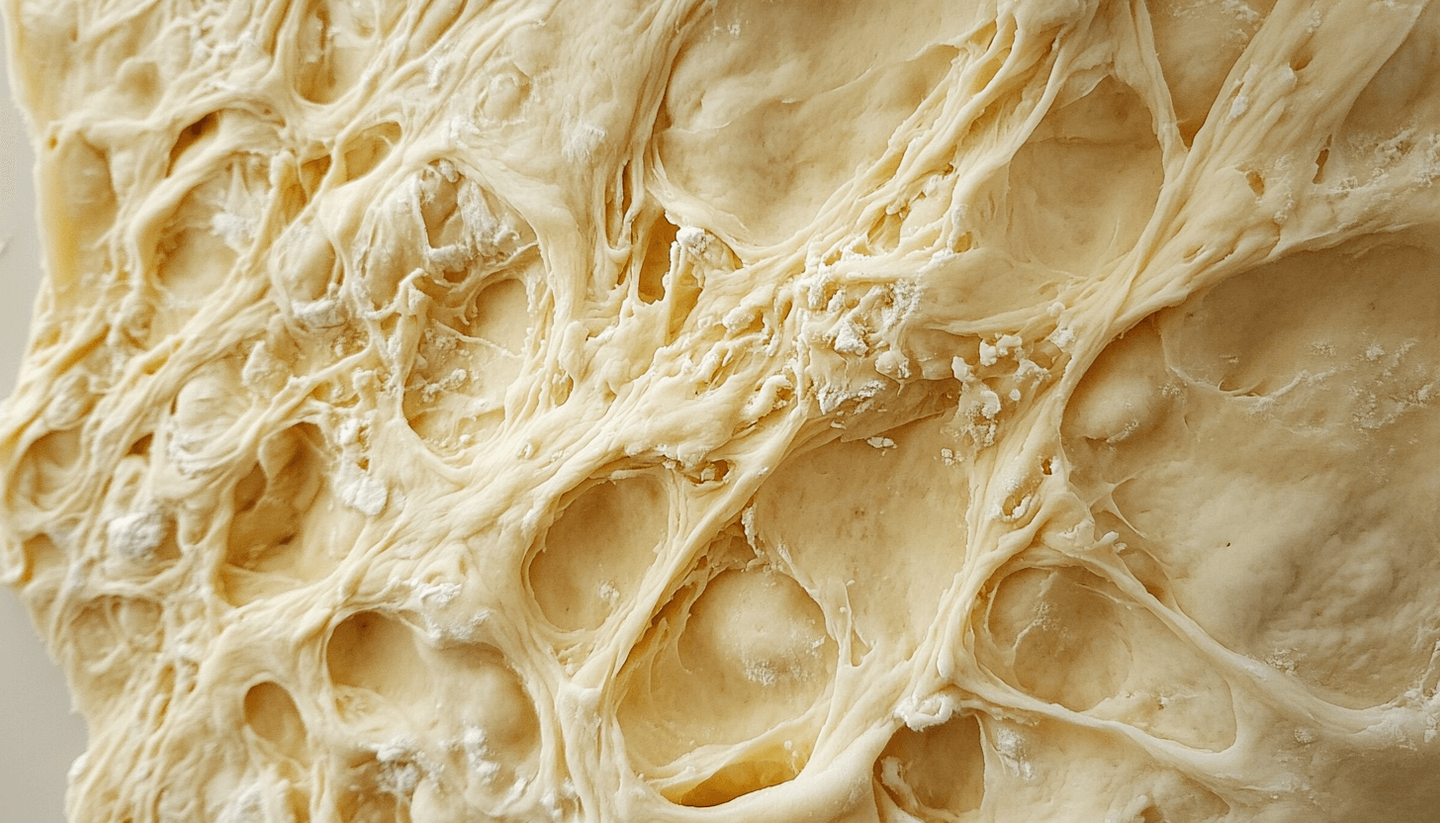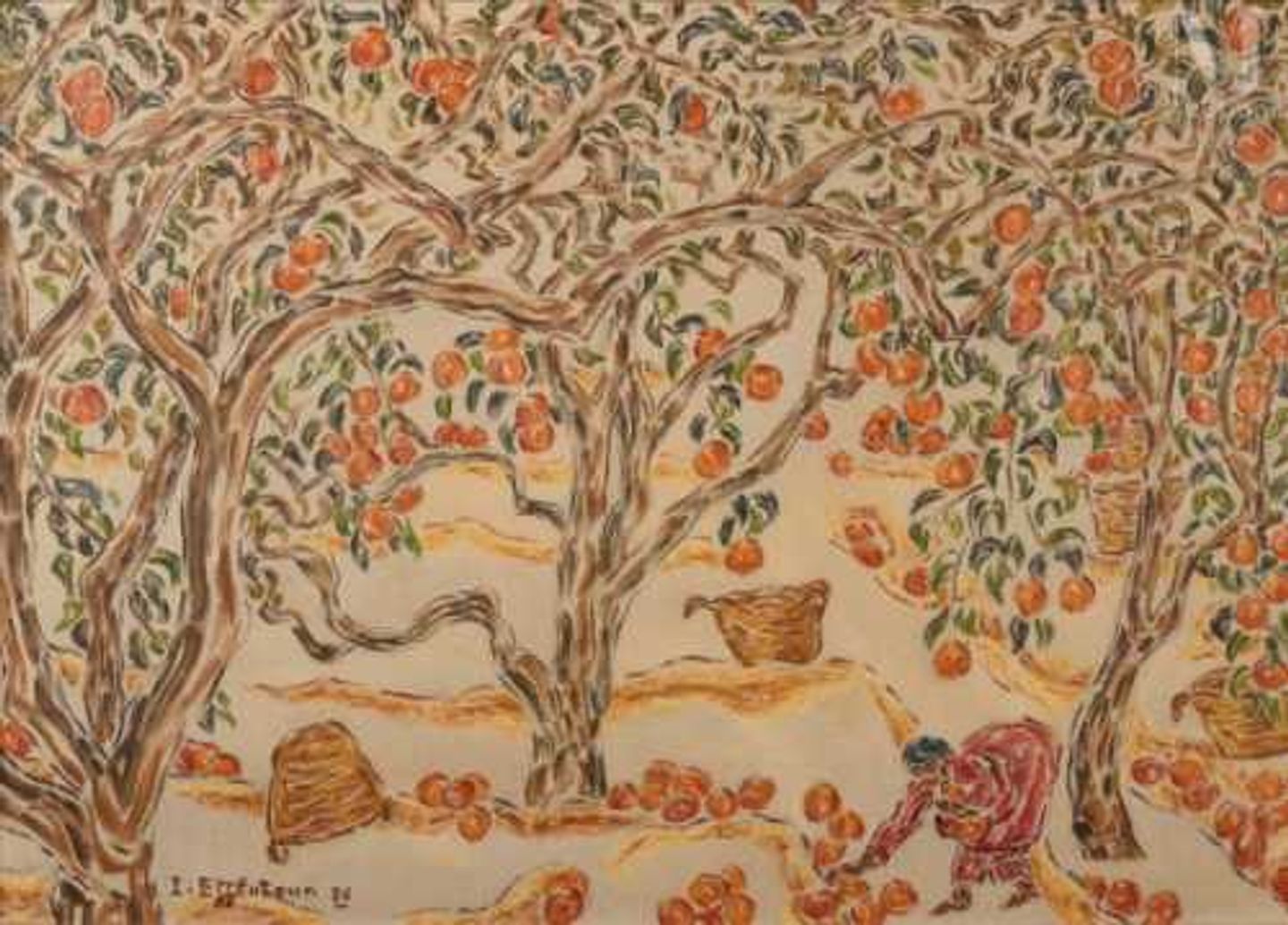- altMA
Alternative MA 2025/2027
- shCO
Queer Food 2026
Alternative MA 2025/2027
Queer Food 2026
altMA Alternative MA 2025/2027

Read more
This Alternative MA (altMA) pursues the reconceptualisation of the world through food, reframing a food-scape reality where to develop an artistic practice.
shCO Queer Food 2026

Read more
Food and the queer are intrinsically intertwined, shaping social perceptions, cultural narratives, and personal identities.
shCO Roots: Biopower and Resistance

Read more
Exploring Biopower & Resistance through Food
shCO Queer Food 2025

Read more
Food and the queer are intrinsically intertwined, shaping social perceptions, cultural narratives, and personal identities.